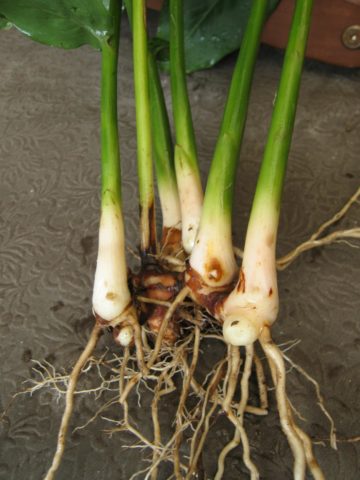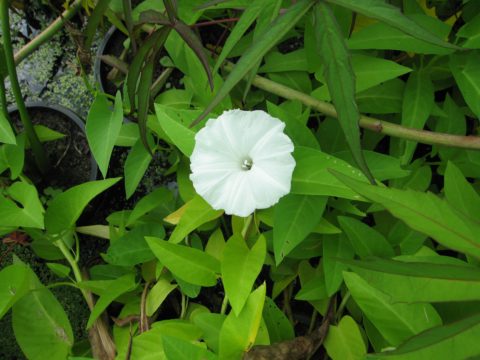Bog and wet area gardening

Bog gardening is a term used in many countries to describe gardening in moist to saturated soils. That may be a wet area incorporated into a pond or dam edge also areas where ponds and dams overflow & naturally wet soils due to soil conditions and run off. Using a range of adapted plants you can turn an area that otherwise kills normal garden plants into an asset full of foliage and flowers and nature friendly habitat. Planted wet areas help reduce nutrient run off.

Here is just a small selection of the many plants adapted to wet conditions. Bog plants include ground covers, flowering
plants, shady area plants, foliage and carnivorous plants as well as fragrant and edible plants.
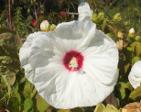
Bog gardens can be divided into types according to position and structure.
Bog pools have an area of water attached to the bog, either in a purpose made bog or attached to existing ponds or dams such that water is drawn up into the soil from a water reservoir. A marsh is a moist to wet area that is kept either seasonally wet or year round. Bog gardens are moist to wet gardens either because of location or constructed with liner.
Media for bog gardens can incorporate some natural soil, some course sand and either sphagnum peat or coco peat to add water retention and good structure.
Fertiliser should be only moderate and most natural.
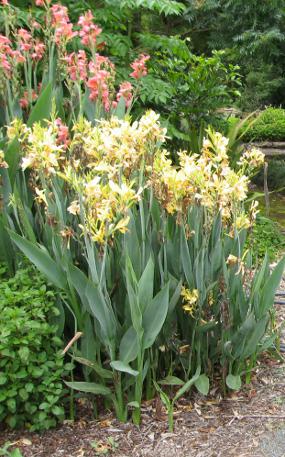 Rules for bog gardens
Rules for bog gardens
Never allow you bog to dry out. In extended dry periods you may need to water the area as these plants want wet feet . Don’t walk on the bog area. fertilise only lightly.
Many plants that grow as marginal plants in shallow water can also be grown is bog plants and some surprising plants like bulbs also grow in boggy conditions.
Plants for bog gardens
Flowering plants Louisiana and other water iris, Lobellias, loosestrife, bog sage, swamp hibiscuses in many colours, water cannas and some gingers.
Ground covers swamp mazus, swamp goodenia, Brisbane water lawn, ajuga Catlin’s giant, Japanese rush (acorus in various forms)
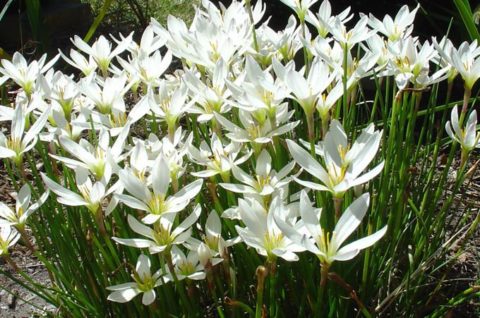
Shade area water lovers All of the arum family, elephant ears (taro) carexes (many colours), acoruses,
Fragrant plants Any of the mint family but especially water mint, and eu du cologne mint. Butterfly ginger.
Bulbs for wet areas Scilla peruviana, cypella, pink or red river lily, vallotta lily and all of the zephranthes family.
Carnivorous plants Sarracenia or pitcher plants grow naturally in low nutrient bogs, usually with more peat incorporated in the media. Sundews like the same conditions.
Foliage plants acoruses, bare twig rush, thatching rush, red root, cork screw juncus, sword sedge, melon sword and marbled sword and members of the papyrus family.
Food plants thai basil, vietnamese mint, rice paddy herb, queensland arrowroot, chinese artichokes, water spinach and tumeric (for seasonally wet warm area bogs) galangal and lemon grass.
Native bog plants swamp daisy, mazus, all of the villarsias, sword sedge, swamp isatome, yellow buttons, brooklime, native bacopa, tassle sedge, and native loose strife.
For pictures and more information see the bog section of our online store at www.walliscreekwatergarden.com.au
Best time to plant out a bog is once the soil has warmed slightly after winter so new plants have the best chance for good root development. Try to choose plants with similar requirements as far as sun or wetness as well as robustness of growth so one plant does not overwhelm the rest quickly.
